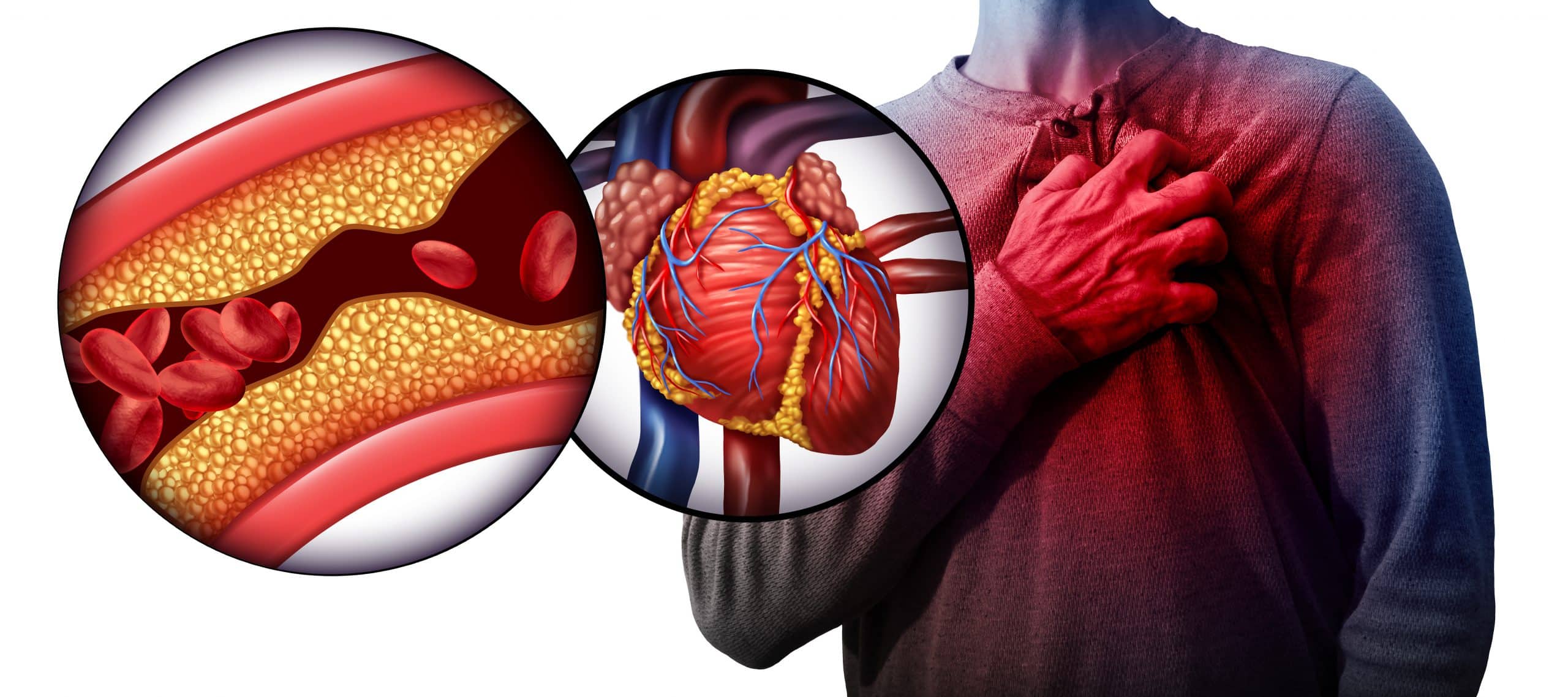08/19/2019
How to Read Food Labels for a Heart Healthy Lifestyle
Diet is such an important part of your heart health, but with all the confusing, conflicting information about the topic, it becomes increasingly difficult to discern what’s actually best for you and your heart. Food labels can be incredibly misleading and confusing, making it harder for you to know exactly what you’re putting into your body. Nutrition facts are your personal guidelines on your path to better living, so how can we better interpret and understand them? Check out these tips on how to understand the nutritious facts displayed on your food labels and start your journey to a more heart-healthy diet.
Always Check the Serving Size
The most important, and one of the most misleading things about food labeling is portion sizing. Often times, a label will display a very small amount of the product as the serving size, so it appears healthier than it really is. When trying to maintain a heart-healthy diet, it’s important to watch your intake of things such as sodium and saturated fats, as they can be immensely damaging if consumed to excess. When reading food labels, make sure to multiply the calories or milligrams in the recommended serving sizes by your real consumption to ensure that you’re conscious of how much you’re actually consuming in a single seating. For example, if a box of brownies says 130 calories and 17 servings per container, there are technically 2,210 calories in the box.

Watch Out for Sneaky Sugar
Another important component of a heart-healthy diet is sugar intake. Excessive sugar consumption can lead to spiked blood sugar levels and subsequently, high blood pressure. The sugar in your food can often hide behind misleading names in the ingredients on your food labels. Watch out for alternative names for sugar such as high-fructose corn syrup, agave, dehydrated cane juice, sucrose, and any other word ending in “ose.” Not knowing how to catch these sugary ingredients on the food label can lead to an over consumption and be incredibly bad for your health.
Understand “Percent of Daily Value”
People often misunderstand the meaning behind percentages on food labels. For example, if a product shows a label reading “Sodium: 23%,” this doesn’t mean the product is composed of 23% Sodium, but rather one serving contains 23% of the total sodium that the average person should consume in a day. Known as “Percent Daily Values,” these are representative of a standardized 2,000 calorie-per-day diet. While this estimate falls in an average classification, is doesn’t necessarily mean that it conforms to your individualized diet. This leaves the consumer to do a bit of math when it comes to calculating their own accurate intake percentages. If you’re someone who is closely watching their diet in a certain aspect, make sure that you adjust the percentages for your typical caloric intake.

Which Food Labels Matter Most for Heart Health?
There are many nutrients found on food labels that people battling a heart condition should be sure to avoid. Typically, physicians recommend that you avoid food that is especially high in sodium, saturated fat, and cholesterol. While these might be slightly more obvious, a less-expected thing to look out for is refined carbs. Refined carbs are linked to an increased risk of various health problems including heart disease and obesity, both of which pose major cardiovascular threats. If any of these components are within the first three ingredients or contain high Percent Daily Values, only consume the food in moderation.
For more information about heart-healthy living, check out our blog! We offer all sorts of tips, insight, and healthy recipes that make a cardiovascular-friendly lifestyle obtainable and simple.



